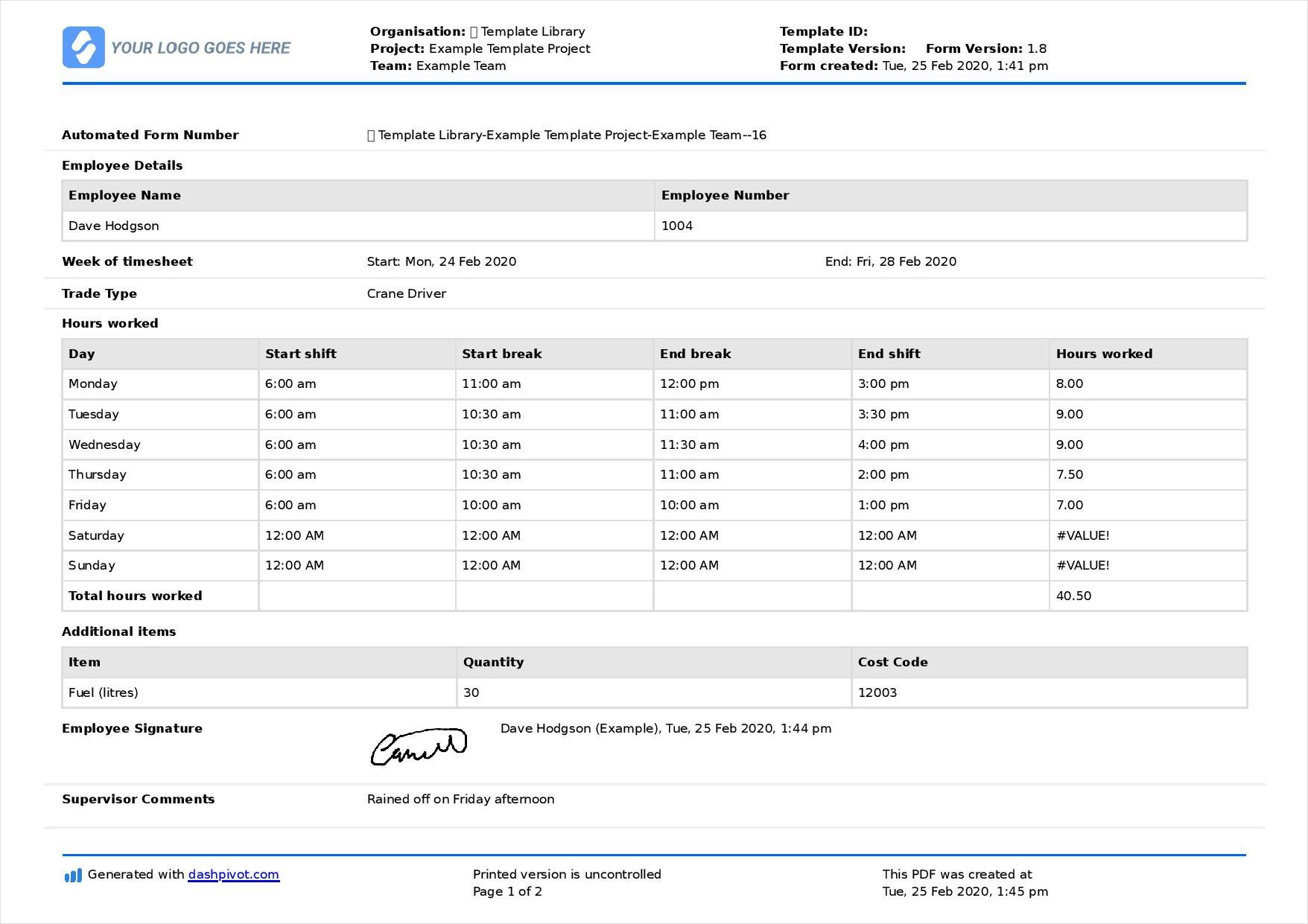Construction timesheets play a crucial role in the successful management and organization of construction projects. They provide a detailed record of the time spent by each worker on specific tasks, allowing project managers to track progress, monitor costs, and ensure timely completion of projects. In this comprehensive guide, we will explore the importance of construction timesheets, how they are used, and best practices for implementing them effectively.
What is a Construction Timesheet?
A construction timesheet is a document used to record the hours worked by each employee or subcontractor on a construction project. It typically includes information such as the date, the worker’s name or identification number, the tasks performed, and the hours worked. Timesheets can be filled out manually or using digital tools and are an essential tool for project management and accounting purposes.
Construction timesheets are used to:
- Track labor costs
- Monitor project progress
- Calculate payroll
- Allocate resources
- Identify productivity trends
Why are Construction Timesheets Important?
Construction timesheets are important for a variety of reasons. They provide accurate data on the time spent on each task, which is essential for calculating labor costs and determining project profitability. Timesheets also allow project managers to track progress and identify any delays or bottlenecks in the construction process.
By using construction timesheets, project managers can:
- Ensure accurate billing and invoicing
- Monitor labor productivity
- Identify areas for improvement
- Manage overtime and shift work
- Comply with labor regulations
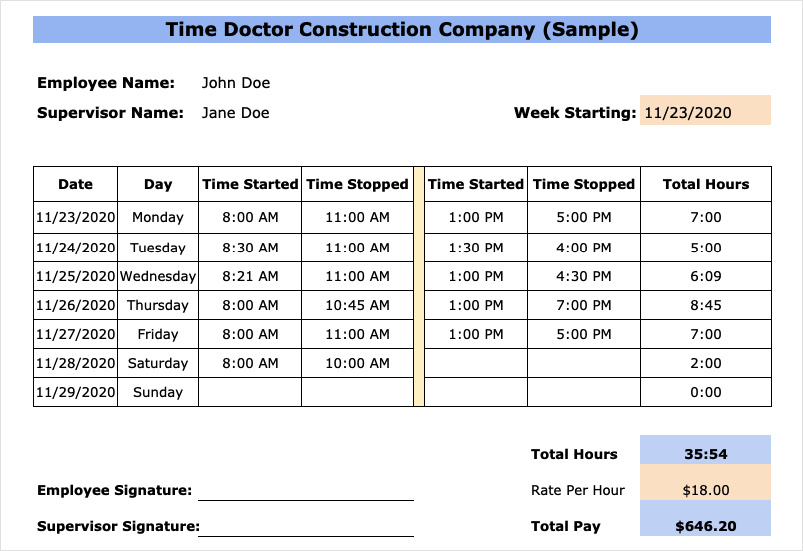
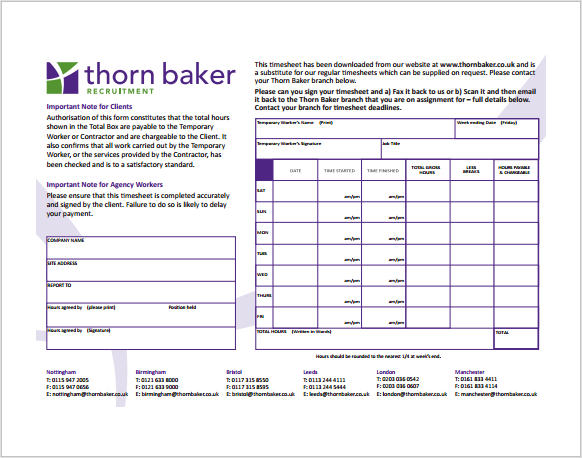
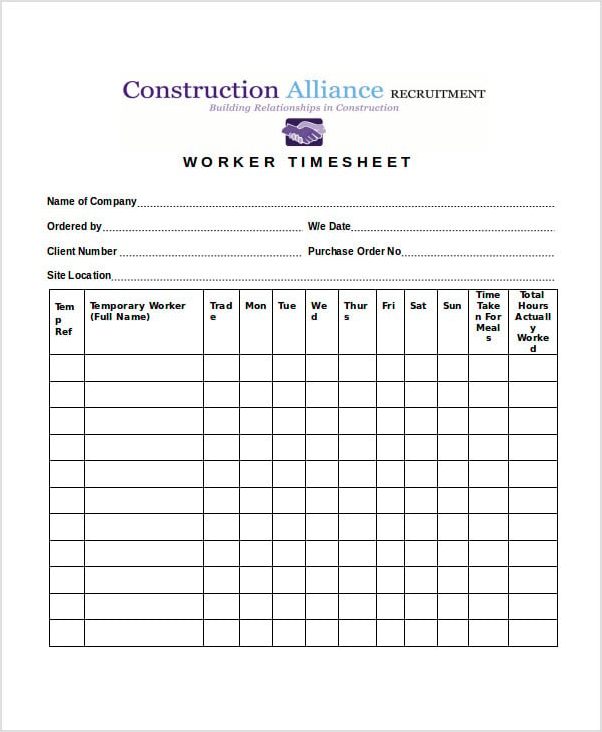
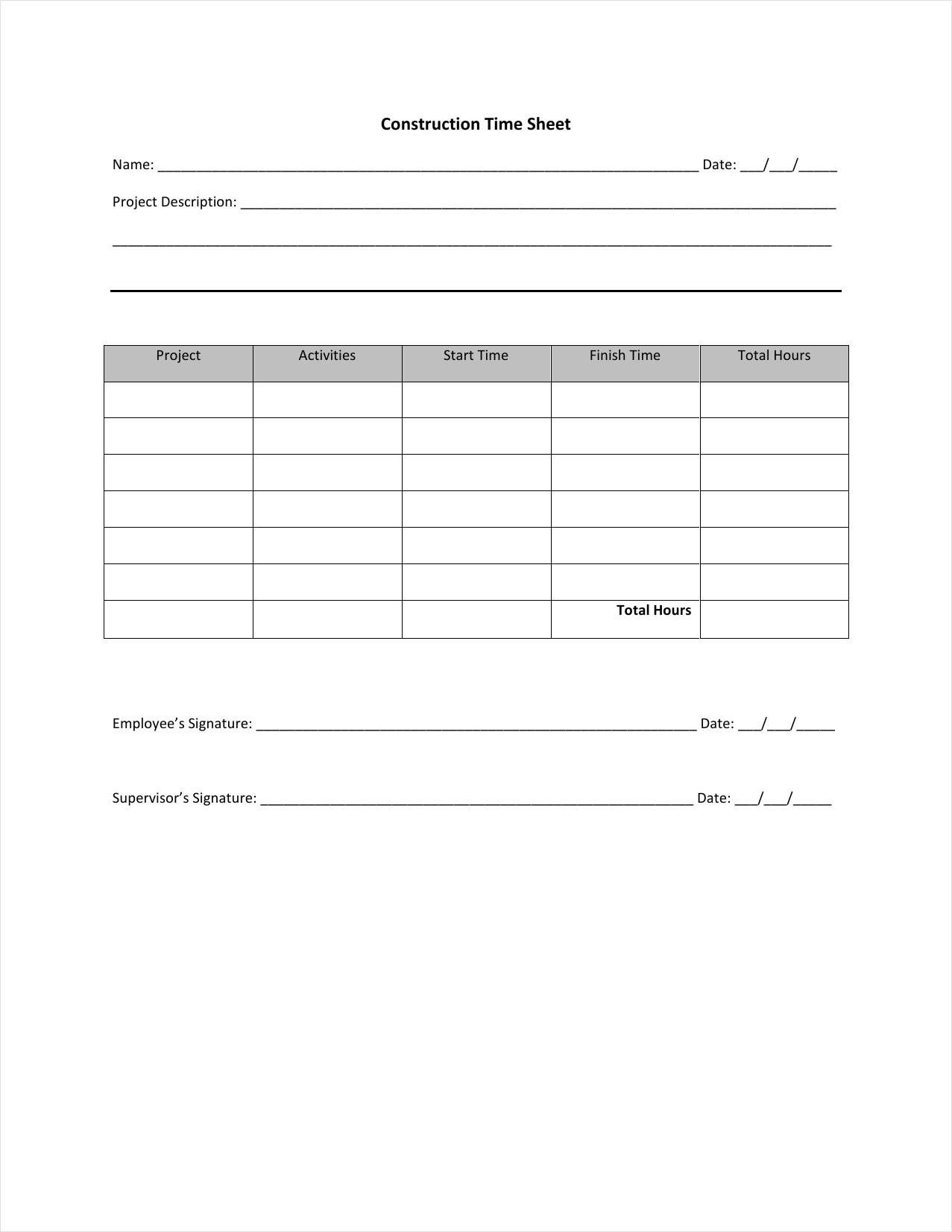
How to Create an Effective Construction Timesheet
Creating an effective construction timesheet involves careful planning and consideration of the specific needs of the project and the organization. Here are some key steps to follow:
1. Determine the Required Information
Before creating a construction timesheet, identify the information that needs to be captured. This may include the project name, worker details, task descriptions, hours worked, and any additional fields relevant to the project or company.
2. Choose a Format
Decide whether to use a digital or paper-based timesheet. Digital timesheets offer advantages such as automatic calculations and easy data entry, while paper-based timesheets may be more suitable for smaller projects or organizations with limited resources.
3. Define Time Tracking Intervals
Determine the time intervals for tracking work. This could be daily, weekly, or specific tasks. Consider the level of detail required for accurate tracking and reporting.
4. Train Workers
Provide training to workers on how to accurately complete the timesheets. Emphasize the importance of accurate time-tracking and explain how it benefits both the project and the worker.
5. Implement a Tracking System
Choose a tracking system that best suits the needs of the project. This may involve using a software application, spreadsheets, or customized forms. Ensure that the system is user-friendly and accessible to all workers.
6. Monitor and Review
Regularly monitor and review the timesheets to identify any discrepancies or issues. This will allow for timely corrections and ensure the accuracy of the data.
7. Analyze Data
Analyze the data collected from the timesheets to gain insights into labor productivity, project costs, and resource allocation. Use this information to make informed decisions and improve future projects.
Benefits of Using Construction Timesheets
Using construction timesheets offers a range of benefits for construction companies and project managers. Some of the key benefits include:
- Accurate Cost Tracking: Timesheets provide accurate data on labor costs, allowing for precise budgeting and cost control.
- Improved Project Management: Timesheets help track project progress, identify bottlenecks, and ensure timely completion of tasks.
- Efficient Payroll Processing: Timesheets streamline the payroll process by providing accurate data on hours worked and overtime.
- Compliance with Labor Regulations: Timesheets help ensure compliance with labor laws and regulations by accurately recording work hours and breaks.
- Resource Allocation: Timesheets provide insights into resource allocation, allowing project managers to optimize workforce distribution.
Conclusion
Construction timesheets are a vital tool for effective project management in the construction industry. They provide accurate data on labor costs, help track project progress, and ensure compliance with labor regulations. By implementing an effective timesheet system and utilizing construction timesheet software, construction companies can optimize resource allocation, improve project efficiency, and maximize profitability.
Construction Timesheet Template Excel – Download
